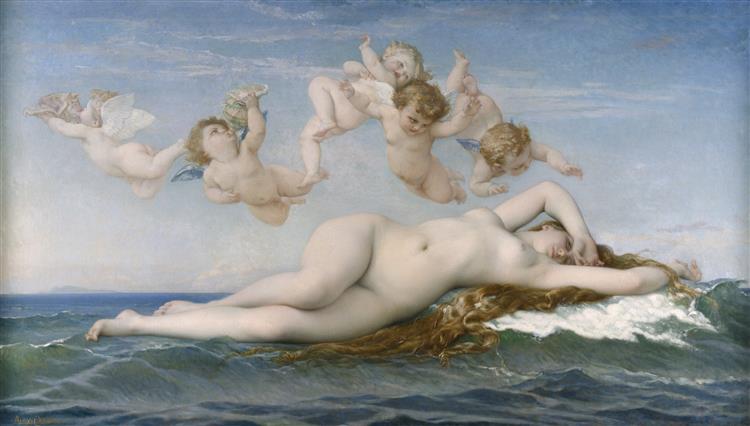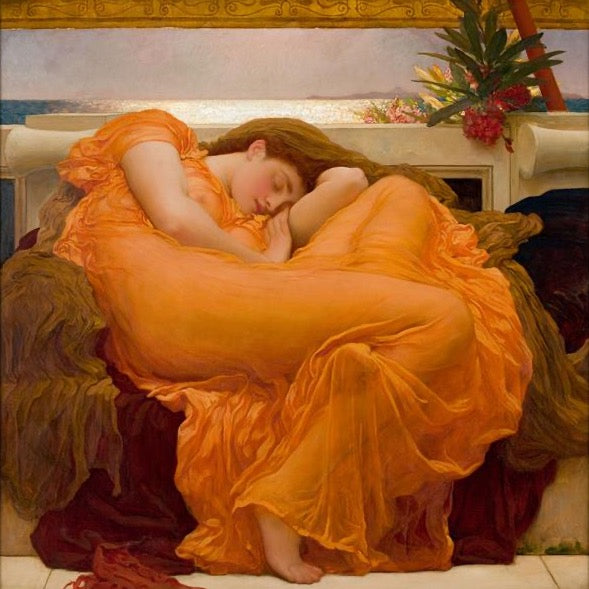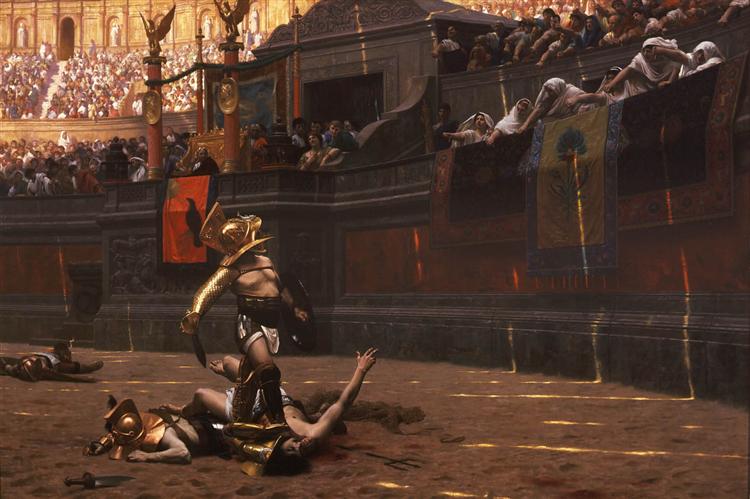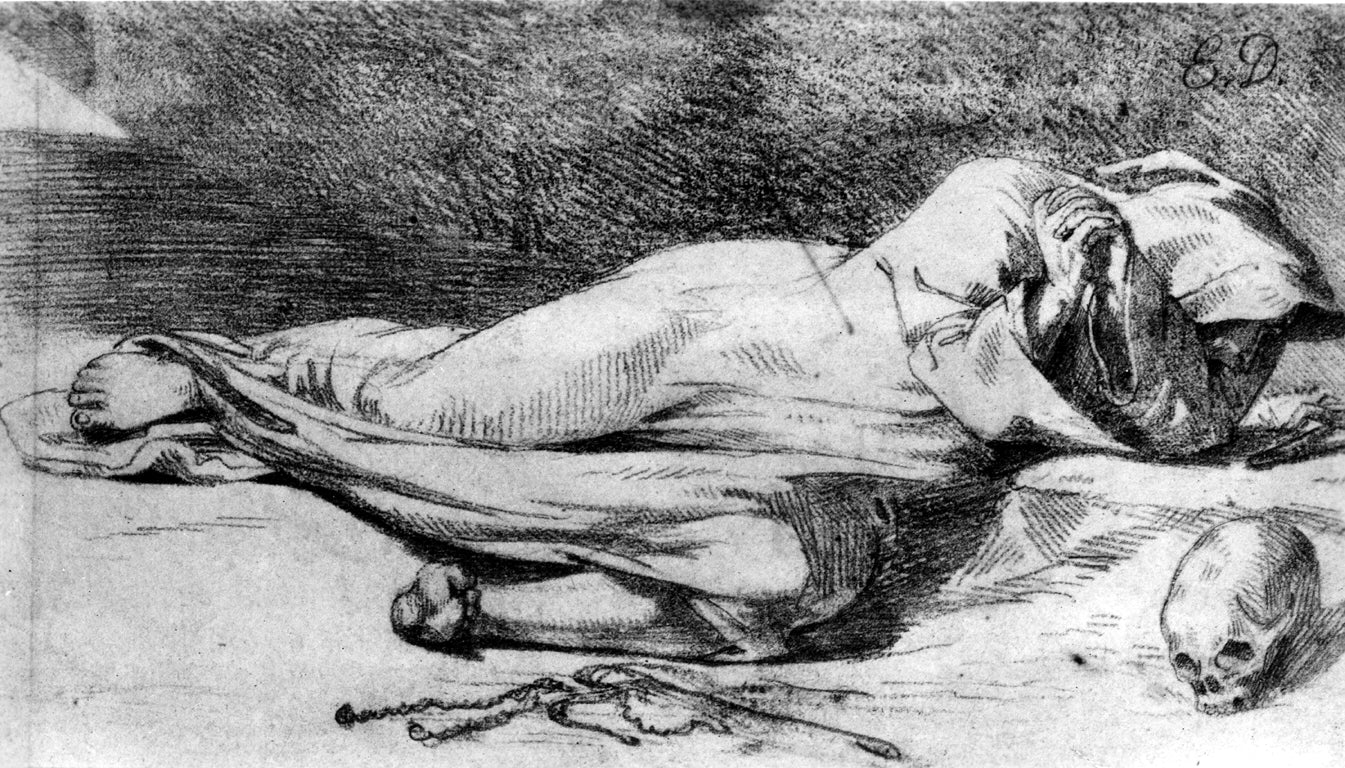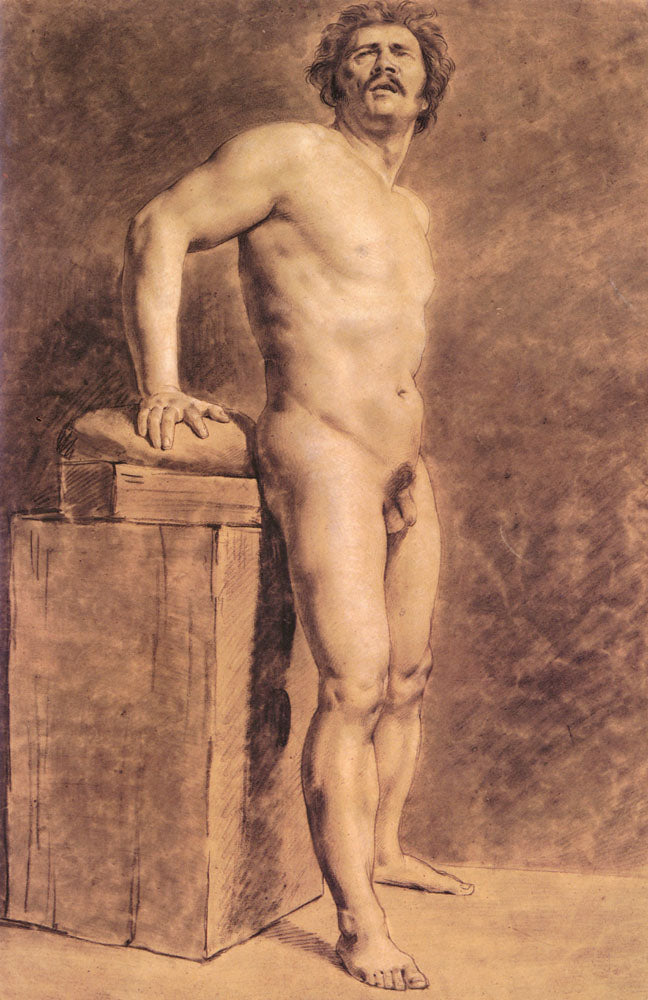Academic Art: Tradition and Mastery
Academic art refers to the highly refined style of painting and sculpture taught in the prestigious European art academies from the 17th to the 19th century, with the French Académie des Beaux-Arts standing as the most influential. This style emphasized strict adherence to classical traditions, technical precision, and an idealized vision of beauty.
Artists working in this tradition followed a hierarchy of subjects, with history, mythology, and biblical scenes considered the highest forms of expression, while portraits, landscapes, and still lifes were ranked lower. Works were known for their smooth finish, meticulous attention to anatomy and proportion, and polished brushwork that left little trace of the artist’s hand.
Prominent figures such as Jean-Léon Gérôme, William-Adolphe Bouguereau, and Alexandre Cabanel brought Academic art to its peak, with their paintings celebrated at the Paris Salon exhibitions. Their art represented harmony, order, and grandeur, reflecting the cultural values of their time.
Although later challenged by avant-garde movements like Realism and Impressionism, Academic art remains admired for its technical mastery, elegance, and timeless aesthetic. Today, these works continue to inspire collectors and art lovers who value tradition, craftsmanship, and the enduring beauty of classical art.
